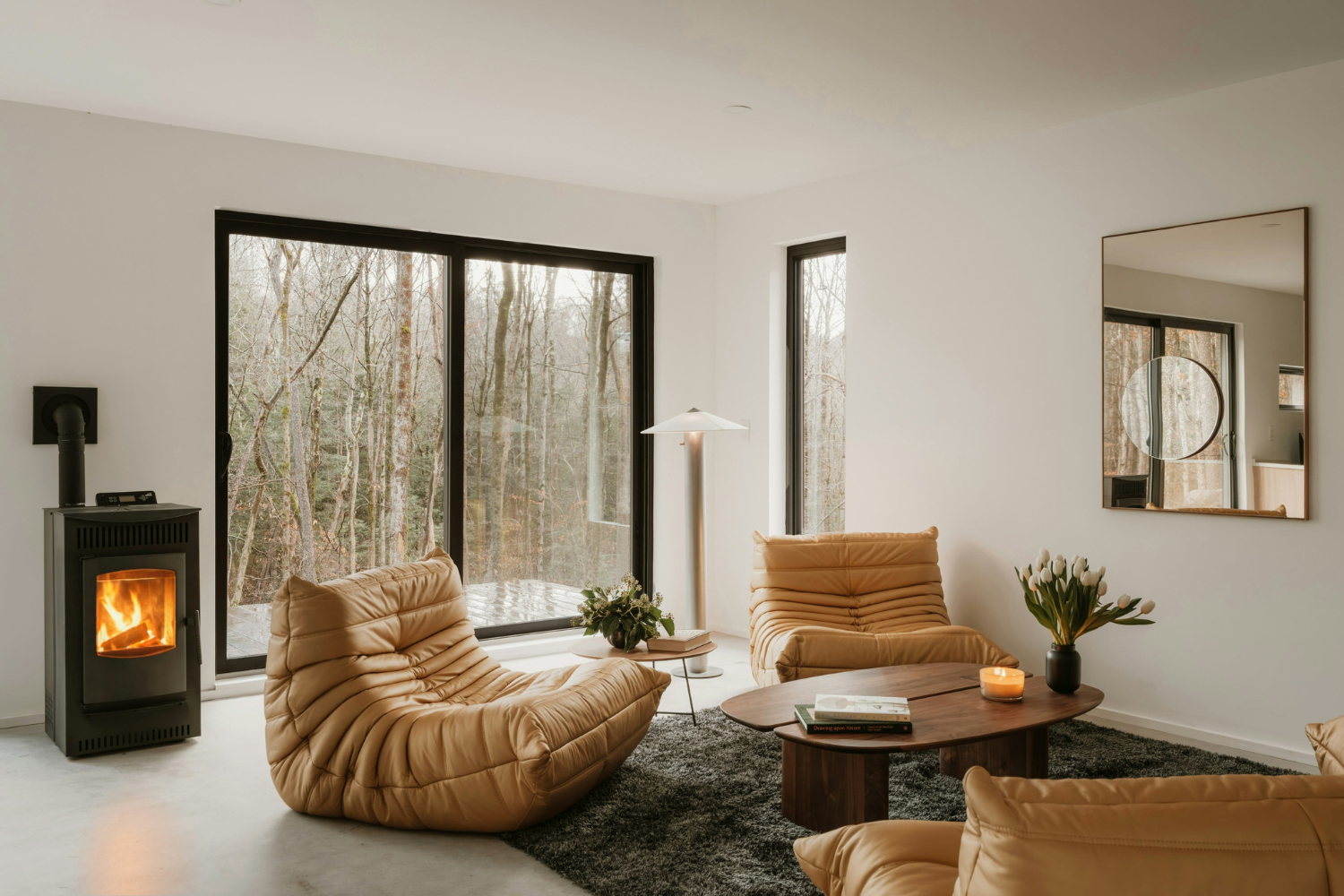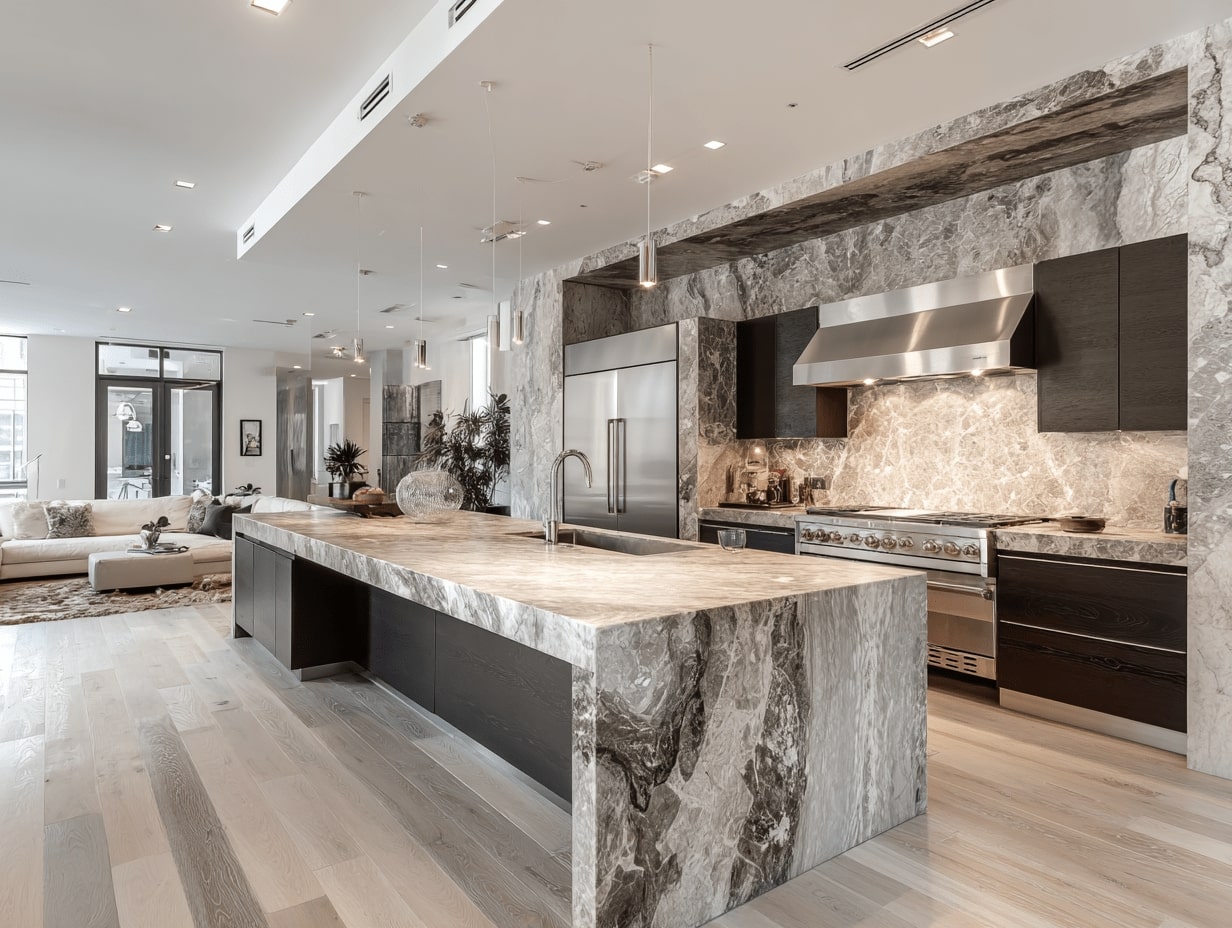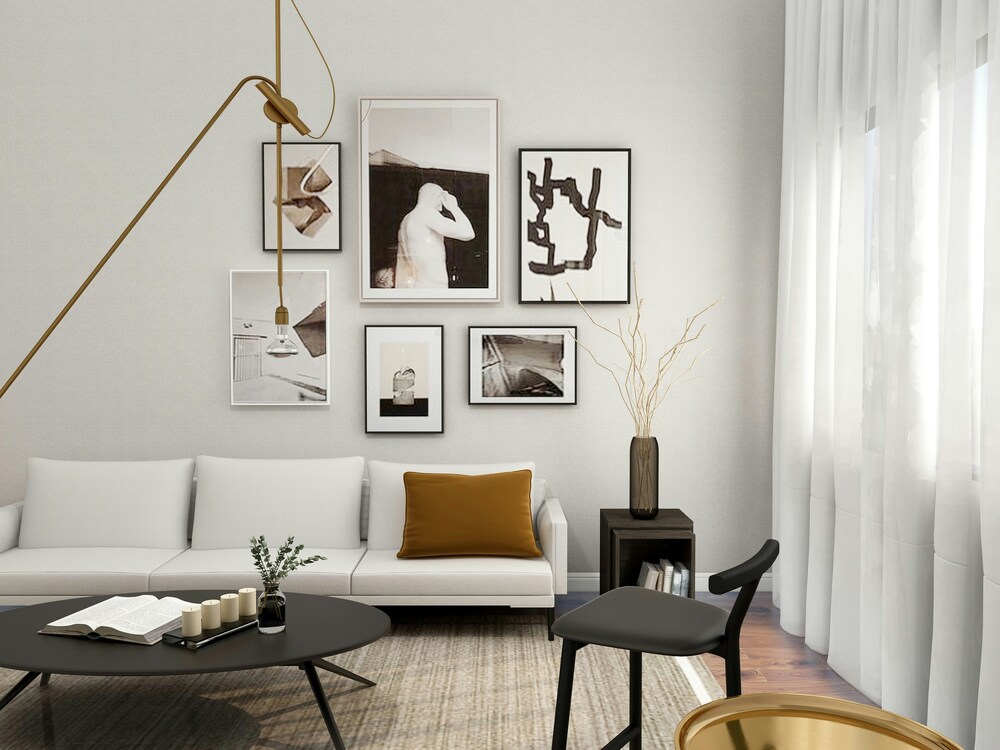- Home
- Articles
- Architectural Portfolio
- Architectral Presentation
- Inspirational Stories
- Architecture News
- Visualization
- BIM Industry
- Facade Design
- Parametric Design
- Career
- Landscape Architecture
- Construction
- Artificial Intelligence
- Sketching
- Design Softwares
- Diagrams
- Writing
- Architectural Tips
- Sustainability
- Courses
- Concept
- Technology
- History & Heritage
- Future of Architecture
- Guides & How-To
- Art & Culture
- Projects
- Interior Design
- Competitions
- Jobs
- Store
- Tools
- More
- Home
- Articles
- Architectural Portfolio
- Architectral Presentation
- Inspirational Stories
- Architecture News
- Visualization
- BIM Industry
- Facade Design
- Parametric Design
- Career
- Landscape Architecture
- Construction
- Artificial Intelligence
- Sketching
- Design Softwares
- Diagrams
- Writing
- Architectural Tips
- Sustainability
- Courses
- Concept
- Technology
- History & Heritage
- Future of Architecture
- Guides & How-To
- Art & Culture
- Projects
- Interior Design
- Competitions
- Jobs
- Store
- Tools
- More
Discover the Latest Interior Design Styles Sweeping the USA in 2025
Explore the latest interior design trends sweeping the USA, from modern minimalism and Bohemian chic to farmhouse charm and coastal elegance. Discover how these styles blend creativity, functionality, and sustainability to inspire unique, personalized spaces that reflect individuality and modern living. Transform your home with ideas that merge timeless beauty and contemporary innovation.

Interior design is more than just arranging furniture; it’s about creating spaces that reflect who we are and how we live. Across the USA, fresh and exciting design styles are transforming homes, blending timeless elegance with modern innovation. From sleek minimalism to bold, eclectic statements, there’s something captivating about how these trends are shaping our living spaces.
As we explore the latest interior design styles sweeping the nation, we’ll uncover trends that inspire creativity and functionality. Whether you’re refreshing a single room or reimagining your entire home, these styles offer endless possibilities to elevate your space. Let’s dive into what’s making waves in American homes and how we can bring these ideas to life.
Table of Contents
ToggleModern Minimalism: A Timeless Favorite
Modern minimalism emphasizes simplicity, functionality, and aesthetics. This style continues to be a cornerstone of contemporary design trends in the USA.
Key Features of Modern Minimalism
- Clean Lines: Furniture and decor with sleek, straight edges avoid ornamentation. Examples include low-profile sofas and unembellished cabinets.
- Neutral Color Palettes: Shades like white, gray, beige, and black dominate, promoting a calm, uncluttered atmosphere.
- Functional Spaces: Every element serves a purpose, with items like modular seating and multi-purpose storage leading the choices.
- Emphasis on Natural Light: Large windows, minimal window treatments, and the strategic use of mirrors amplify light and create openness.
- Minimal Decor: Fewer, carefully curated accessories—such as simple vases or monochromatic wall art—maintain focus on the essentials.
Why It’s Gaining Popularity in the USA
Modern minimalism appeals to those seeking a balance of beauty and utility in their living environments. Urbanization trends and smaller homes encourage efficient layouts, making minimalism practical in cities like New York and San Francisco. Rising interest in sustainable living also aligns with the minimalist ethos, as it promotes mindful consumption and reduced waste. The style’s versatility allows Americans to personalize their spaces while maintaining a modern and polished look.

Bohemian Chic: A Playful and Vibrant Approach
Bohemian chic blends creativity and individuality, creating eclectic spaces filled with warmth and character. This design style has seen a resurgence in the USA for its ability to effortlessly mix global influences with a laid-back aesthetic.
Elements That Define Bohemian Chic
Layered textures and patterns dominate bohemian chic interiors. Examples include kilim rugs, macramé wall hangings, and embroidered throw pillows. Warm, earthy tones like terracotta, ochre, and rust are paired with pops of jewel tones such as emerald or sapphire.
Decorative accents often feature globally inspired pieces. Items like Moroccan lanterns, Indian block-printed textiles, and African baskets add depth and cultural richness. Plants, from fiddle-leaf figs to succulents, enhance the organic feel. Furniture tends to be a mix of vintage and modern, with mid-century pieces and thrifted finds creating a personalized feel.
Open layouts emphasize comfort and flow. Floor seating, oversized cushions, and relaxed arrangements reflect casual living. Bohemian spaces thrive on imperfection, encouraging creativity over rigid design rules.
How It Reflects Contemporary American Lifestyles
Bohemian chic resonates with Americans increasingly drawn to self-expression and global awareness. As remote work grows, versatile and creative spaces have become essential. This style supports multifunctional areas by integrating cozy nooks and open-plan setups.
The focus on sustainability aligns with modern values. Upcycled furniture and artisan-made goods support environmentally conscious choices. Bohemian chic also reflects a connection to nature, incorporating natural materials like wood, rattan, and linen.
Diverse cultural elements mirror the multicultural fabric of the USA. Many embrace this style as a way to celebrate personal journeys and heritage, making homes truly unique. Bohemian chic’s adaptability and emphasis on individuality allow it to seamlessly fit into contemporary lifestyles.

Farmhouse Revival: Blending Comfort and Simplicity
Farmhouse interior design has reemerged as a favorite, offering a perfect mix of functionality and charm. This style captures an inviting, relaxed atmosphere while embracing simple, rustic elements.
Characteristics of the Farmhouse Style
Farmhouse style emphasizes natural materials, neutral tones, and vintage-inspired accents. Wooden beams, shiplap walls, and reclaimed furniture are prominent features. Soft color palettes, such as whites, creams, grays, and muted greens, dominate the design. Kitchen and dining areas often become focal points, showcasing open shelving, apron-front sinks, and durable natural countertops like butcher block or stone. Decorative elements like wrought iron fixtures, barn doors, and handwoven textiles enhance authenticity. Spaces prioritize comfort without sacrificing practicality, merging traditional charm with contemporary influences.
The Appeal of Rustic Elegance in American Homes
Rustic elegance creates a cozy yet sophisticated ambiance that appeals to many homeowners. Farmhouse revival seamlessly blends old-world textures with modern conveniences, catering to varied tastes. Its timeless aesthetic resonates with our collective desire for comfort and simplicity in today’s fast-paced world. The style thrives in both urban and suburban settings, adapting easily to different layouts. Open spaces foster family connections, and functional designs meet everyday needs without unnecessary embellishments. The farmhouse revival reflects a broader cultural shift toward appreciating craftsmanship, heritage, and an understated lifestyle.

Mid-Century Modern: Retro Style With a Contemporary Twist
Mid-Century Modern design has made a strong comeback, blending retro charm with modern creativity. This style resonates across the USA for its timeless appeal and adaptability to evolving home aesthetics.
Iconic Features of Mid-Century Modern Design
Mid-Century Modern emphasizes functionality and clean lines. Key features include low-profile furniture, natural wood finishes like teak or walnut, and geometric shapes. Neutral tones dominate, accented by bold pops of color such as mustard yellow, burnt orange, or teal. Wide windows and open layouts promote integration with nature. Elements like tapered legs, molded plastics, and metal accents evoke retro sophistication while maintaining practicality.
Adapting the Classic Look for Present-Day Homes
Modern homes integrate Mid-Century elements for a fresh feel. Combining classic designs like Eames chairs with new textures—such as velvet or leather—creates a dynamic look. Smart technology complements this aesthetic with minimal disruption, blending innovation with retro vibes. Incorporating iconic lighting, like arc floor lamps or sunburst chandeliers, updates interiors while preserving their vintage charm.

Industrial Aesthetics: Urban Sophistication
Industrial aesthetics emphasize raw beauty, combining functionality with edgy, urban appeal. This style reflects a transition from traditional design to minimalist, industrial sophistication rooted in modern cityscapes.
Materials and Finishes That Define the Style
Industrial design heavily features exposed materials and raw finishes. Brick walls, concrete floors, and metal accents dominate spaces, creating a utilitarian yet stylish environment. Steel, iron, and distressed wood are common elements, often combined with glass to balance the rigidity. Fixtures like pipe shelving, wire-framed lighting, and visible ductwork reinforce the urban-industrial vibe. Matte black, rust, and gray tones pair with neutral backdrops to amplify the rugged aesthetic. Salvaged or recycled materials add authenticity, aligning with sustainable living trends.
Why Industrial Design Is Thriving Across the USA
The rise of industrial aesthetics reflects urban living patterns and the redevelopment of historic buildings into modern homes. Open floor plans in urban lofts foster demand for this style, which complements unfinished architectural details. This trend resonates with younger demographics drawn to minimalism and efficiency. Its adaptability makes it viable in various settings, from small apartments to expansive homes. The connection to sustainability, durable materials, and personalized decor also enhances its appeal, catering to contemporary lifestyles craving individuality and purpose-driven spaces.
Sustainable and Eco-Friendly Design Trends
Sustainable design continues to transform how we approach interiors, driven by a demand for eco-conscious living. Across the USA, homeowners are embracing styles that prioritize environmental responsibility without sacrificing aesthetics.
The Rise of Green Design in Interiors
Green design integrates natural materials and eco-friendly practices into home interiors. Designers increasingly favor sustainable resources like bamboo, reclaimed wood, and cork for flooring, furniture, and decor. Low-VOC (Volatile Organic Compounds) paints and finishes also help improve indoor air quality. Homes now often include plants as focal points, enhancing air purification and adding organic textures. Smart home technology is another aspect of green design, reducing energy consumption through efficient systems like automated lighting and climate control.
Examples of prominent green design trends include solar-powered lighting fixtures, eco-friendly textiles made from organic cotton or recycled materials, and modular furniture designed for longevity.
How Sustainability Is Reshaping American Homes
Sustainability drives innovation in how we design living spaces across the country. Open-concept homes now emphasize multifunctional areas, reducing material usage while enhancing flexibility. Many owners are opting for energy-efficient windows, insulation, and appliances to fight energy loss and lower utility bills. Recycling materials like old brick and reclaimed steel adds a custom, sustainable element to new builds or renovations.
As urbanization increases, compact design solutions like vertical gardens and space-saving, convertible furniture have become staples of sustainable interiors. More homeowners are also choosing geothermal heating and cooling systems, as well as rainwater harvesting setups, to lessen environmental impact. These methods reflect a growing shift toward mindfulness in creating practical, beautiful homes that align with green values.

Coastal Vibes: Bringing the Outdoors In
Coastal design embraces the tranquility and freshness of seaside living, creating bright, airy interiors that echo the beauty of the outdoors. This style integrates natural materials, a light color palette, and casual elegance to foster relaxing spaces.
Core Elements of Coastal Design
Coastal interiors prioritize eco materials, like weathered wood and jute, for furniture and decor. Light color palettes dominate, featuring whites, creams, and soft blues reminiscent of sandy beaches and ocean waves. Linen and cotton fabrics enhance the breezy feel, often seen in slipcovered furniture and light curtains. Nautical accents, such as seashells, rope details, and striped patterns, add character without overwhelming the space.
Open layouts allow natural light to fill the interiors, emphasizing connection with the outdoors. Large windows with sheer treatments or no coverings invite views and boost airy aesthetics. Indoor plants, such as palms and ferns, complement the organic vibe, while textured rugs and throw pillows add warmth and comfort.
Popularity of Coastal Styling Beyond Coastal Regions
Coastal design’s appeal extends far from beach towns, attracting homeowners nationwide seeking serene interiors. Its emphasis on natural light and relaxation resonates in urban apartments and suburban homes alike. Adaptations for non-coastal settings, like pairing weathered wood with industrial elements, ensure versatility.
In the Midwest, muted blues and neutrals maintain the tranquil essence without appearing out of context. In colder regions, adding cozier textures, such as knitted throws or layered rugs, preserves the inviting ambiance while accounting for climate differences. Coastal styling offers a timeless charm that effortlessly adjusts to diverse geographies and lifestyles.
Conclusion
Interior design trends in the USA continue evolving, showcasing diverse styles that combine functionality, creativity, and individuality. From the clean lines of modern minimalism and the personalized, eclectic vibe of Bohemian chic to the rustic comfort of farmhouse aesthetics, these styles offer something for every taste. The enduring appeal of Mid-Century Modern design, the raw charm of industrial themes, and the calming elegance of coastal homes demonstrate how design can reflect both personal and environmental values.
The emphasis on sustainability has reshaped design approaches, encouraging eco-conscious choices that blend aesthetics with responsibility. With each style offering unique characteristics, homeowners across the USA can find inspiration to create spaces that resonate with their identity and lifestyle. These trends represent a harmonious blend of tradition and innovation, catering to the dynamic needs of modern living.
- 2025 decor trends USA
- 2025 home design inspirations
- 2025 interior design concepts
- 2025 interior design trends
- 2025 USA home design forecast
- contemporary home decor
- emerging decor trends 2025
- innovative interior designs USA
- interior design fashion 2025
- interior design USA 2025
- interior styling tips 2025
- latest home decor ideas
- latest interior design styles
- modern interior design ideas
- new interior decor styles
- next-gen interior styles
- popular design motifs 2025
- popular interior colors 2025
- stylish interior design USA
- top interior design trends USA
- trending home designs USA
- upcoming interior design trends
- USA interior design innovations
Submit your architectural projects
Follow these steps for submission your project. Submission FormLatest Posts
5 Must-Know Interior Design Trends in American Homes
The new Kansas City International Airport terminal by SOM redefines travel with...
How Open Kitchens Create a Sense of Space Indoors (Without Sacrificing Function)
Open kitchens: see how sightlines, lighting, and smart layouts make rooms feel...
The Revival of Chunky Fiber Crafts in Modern Interior Design
Contemporary interior architecture has shifted away from hard minimalism. After a decade...
What Have Been the Biggest Interior Design Trends of 2025 – And Are They Here to Stay?
Differentiating between timeless and fleeting designs? This talent is what separates great...












Leave a comment